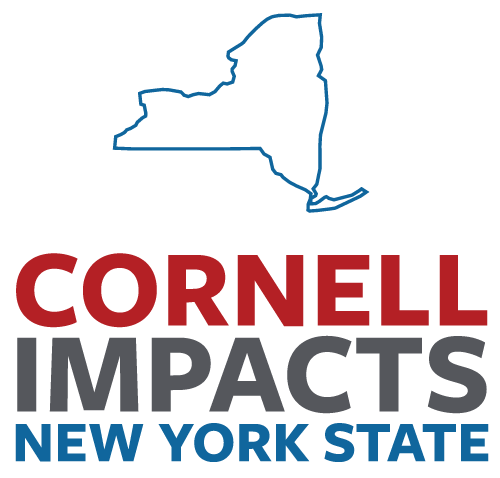Myanmar's history of prolonged conflict has led to the forced displacement and resettlement of generations of refugees to the U.S., including upstate New York. Since relocating, these refugees' relationship to fishing has likewise shifted, from angling for food and nutrition in rural regions of Myanmar to being a means for maintaining social connections, recreation, time outdoors and emotional well-being.
Still, refugees in New York experience barriers to fishing, such as language disparities, lack of time, unfamiliar regulations and discrimination, described in a paper published in the June issue of Geoforum, released early online.
The paper draws from interviews to examine the importance of access to environmental resources for migrants and to understand how fishing supports multiple dimensions of social well-being.
"The study grapples with what this community of migrants needs to live meaningful, dignified and connected lives," said the paper's first author, Nicole T. Venker, a doctoral candidate in the Department of Natural Resources in the College of Agriculture and Life Sciences. Venker works with co-author Bruce Lauber, a senior research associate in the Department of Natural Resources and the Environment in the College of Agriculture and Life Sciences, and Kathryn Fiorella, associate professor of public and ecosystem health in the College of Veterinary Medicine and the paper's senior author.
"Environmental resources are important for food sovereignty and not just food security," Venker said. Food sovereignty goes beyond having enough healthy food and refers to whether people have agency over how their food is produced, procured, distributed, consumed and shared," she said.
In the study, Venker and co-author, Kum Jaa Lee, interviewed dozens of Myanmar refugees in three cities across Central and Western New York, about fishing, and their wider experiences of migration and resettlement.
The interviews revealed that most displaced refugees originated from rural areas in Myanmar where people live in subsistence cultures that included farming and relying on local resources, such as fish. Fishing fed families and catches were sold to supplement incomes. Individuals were therefore exposed through their families to fishing at a young age. After resettlement, refugees shifted to working at jobs to support themselves and shopping for food, but they continued to fish as a way of life.
"One of the biggest changes is that, as opposed to being one of the primary ways that a family might feed themselves, fishing becomes more of a social activity, where people enjoy going fishing to spend time outdoors with friends and family," Venker said.
In these ways, fishing provides cultural continuity for refugees.
At the same time, survey results exposed barriers to fishing access that refugees face, including differences in language, lack of time due to work, and the difficulty of adapting to a new country and unfamiliar social landscapes. Refugees must also learn a new set of fishing rules and regulations, which may be hampered by communication gaps, cultural differences and not knowing where to find information, although the interviewees generally spoke positively about the importance of regulating fisheries to support sustainability and conservation. A few participants talked about facing racism, xenophobia and anti-Asian discrimination.
"In the context of migration journeys, understanding how relationships to natural resources shift and identifying ways to lower barriers and increase access to fishing can provide an avenue for people to sustainably meet their food, cultural, and social needs in the U.S.," Fiorella said.
The study was funded by a grant from Cornell University's Global Grand Challenge and the Mellon Foundation's Just Futures Initiative.







